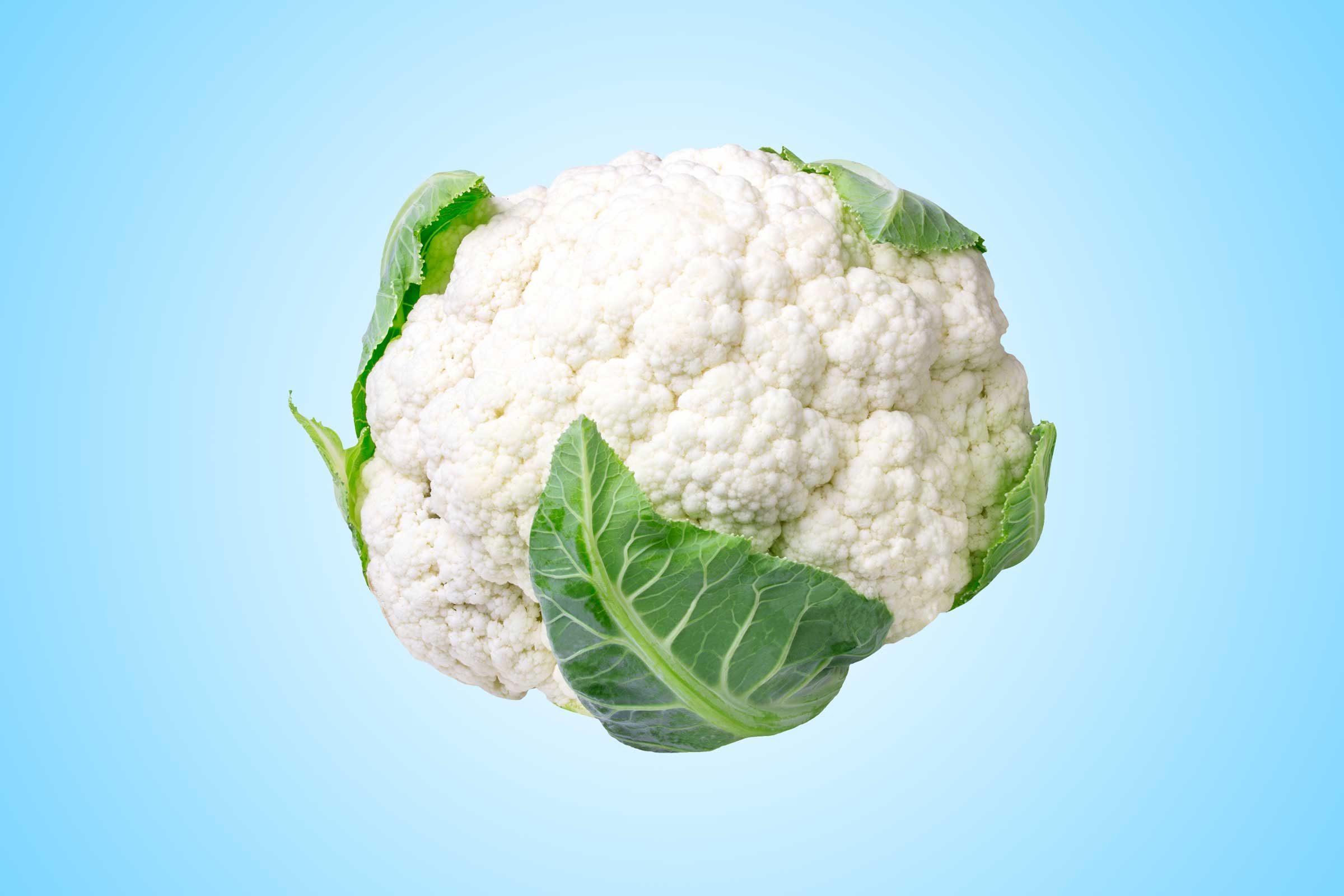
Teeth whitener: Cauliflower
Coarse vegetables such as cauliflower and broccoli have whitening benefits when you eat them raw. They’re difficult to chew, so as you grind them up, the veggies strip superficial stains from the surface of your teeth. And the longer you chew, the more saliva the mouth produces, which helps to break down stains. Check out the things your dentist wants you to know.
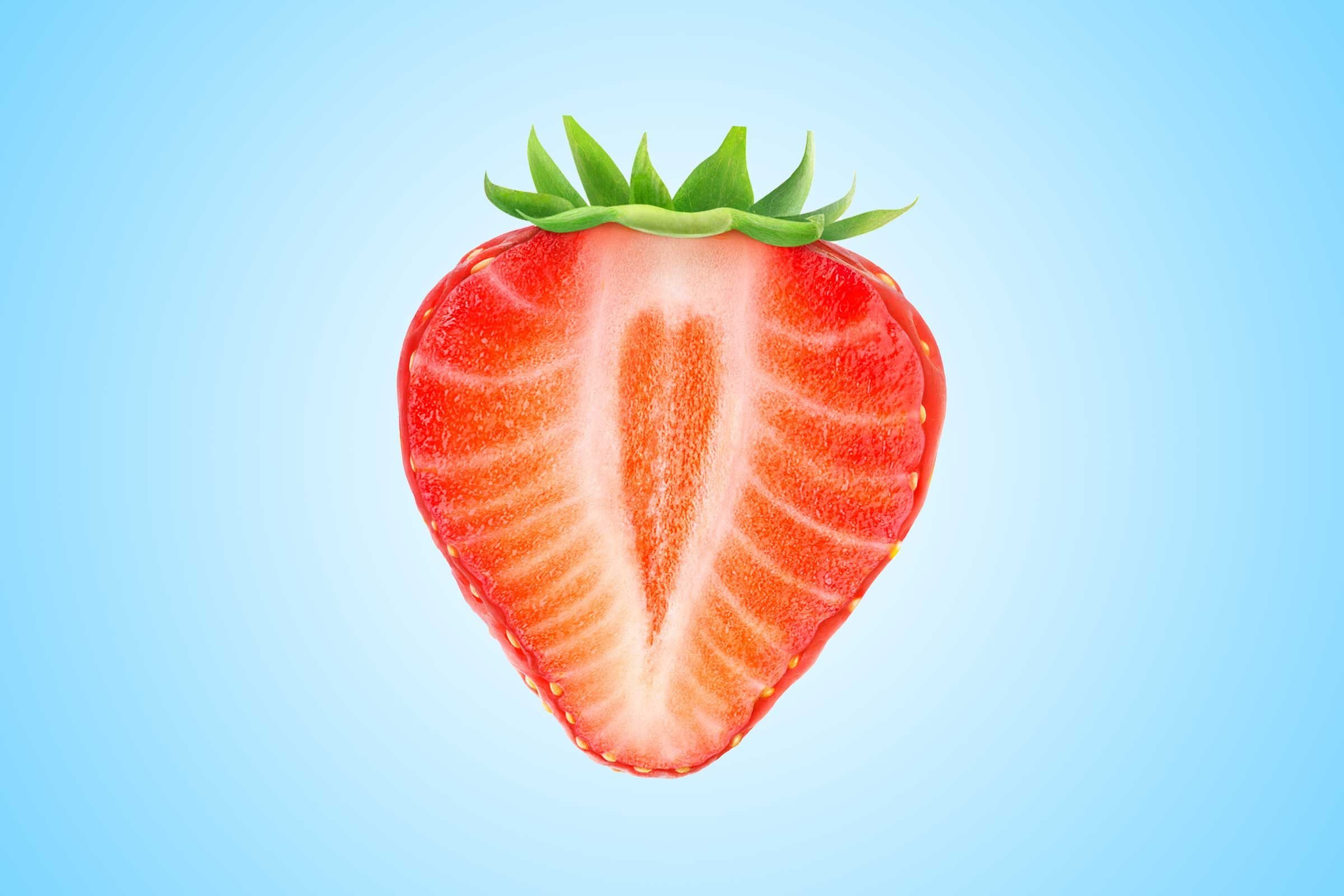
Teeth whitener: Strawberries
Strawberries contain malic acids, which help to convert carbohydrates into energy for muscles. Maintaining the right about of malic acids is essential for strong dental health, as the acids can dissolve superficial stains on the surface of teeth. According to William Graves, DMD, of Amarillo Oral & Maxillofacial Surgery in Amarillo, Texas, there are many ways to take advantage of strawberries’ whitening effects, including smashing them up and mixing them with baking soda to form a whitening paste to brush on your teeth. “I would recommend using a fluoride-based mouth rinse immediately following to help remove any residual malic acid and strengthen your teeth,” Dr. Graves says. If you don’t like strawberries, you can also find malic acid in apples, nectarines, cherries, bananas, peaches, and lychee. Or you can try these other DIY tooth brighteners.
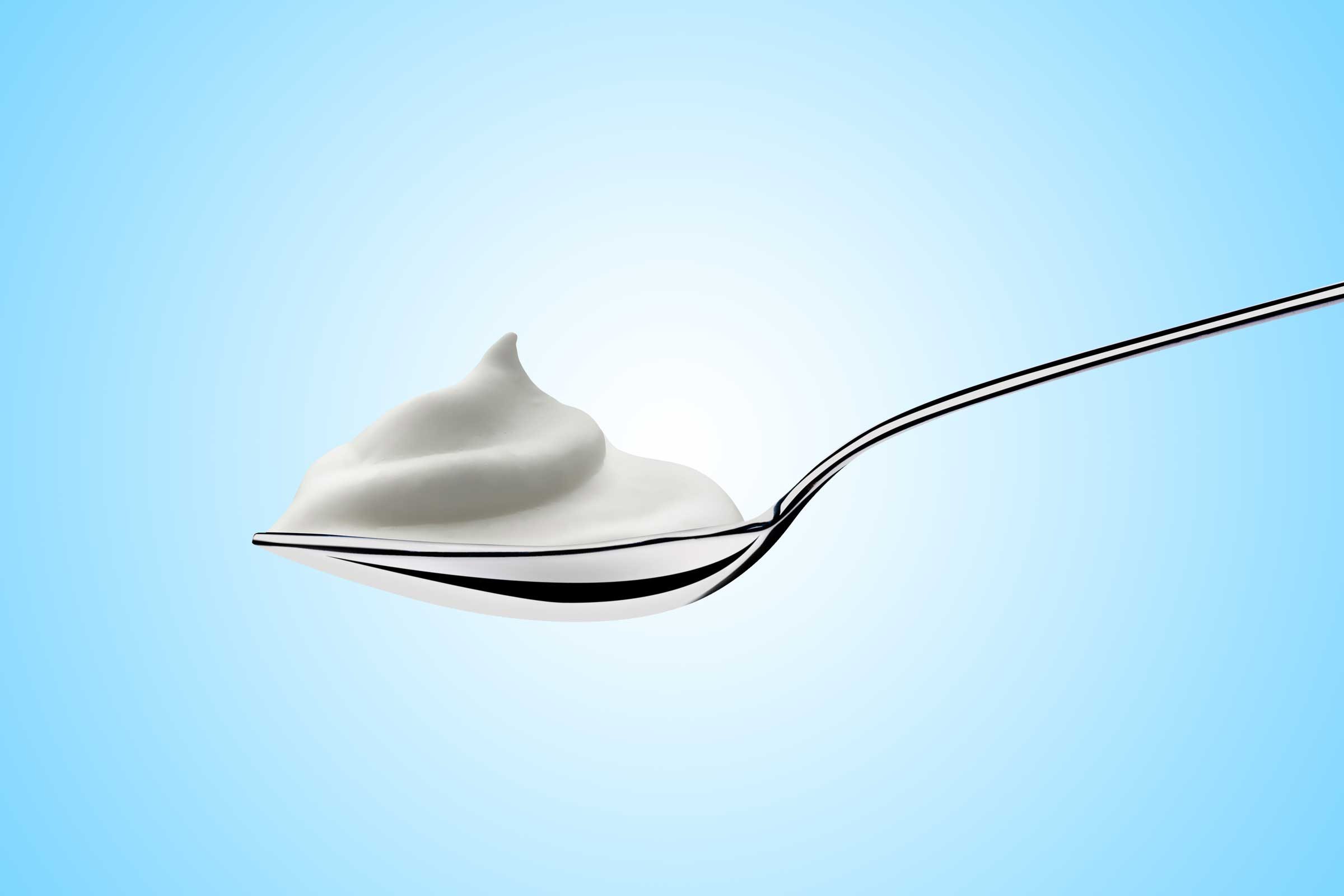
Teeth whitener: Cheese and yogurt
Incorporate more dairy products into your daily diet for a whiter smile. Similar to broccoli, dairy products like cheese and yogurt cause your mouth to produce excess saliva, which helps to break down stains on enamel. However, unlike broccoli, cheese has an additional whitening effect as it contains lactic acid, which is similar to malic acid, as it helps to dissolve superficial stains on the surface of your teeth. These smart oral hygiene habits will help keep your teeth whiter.
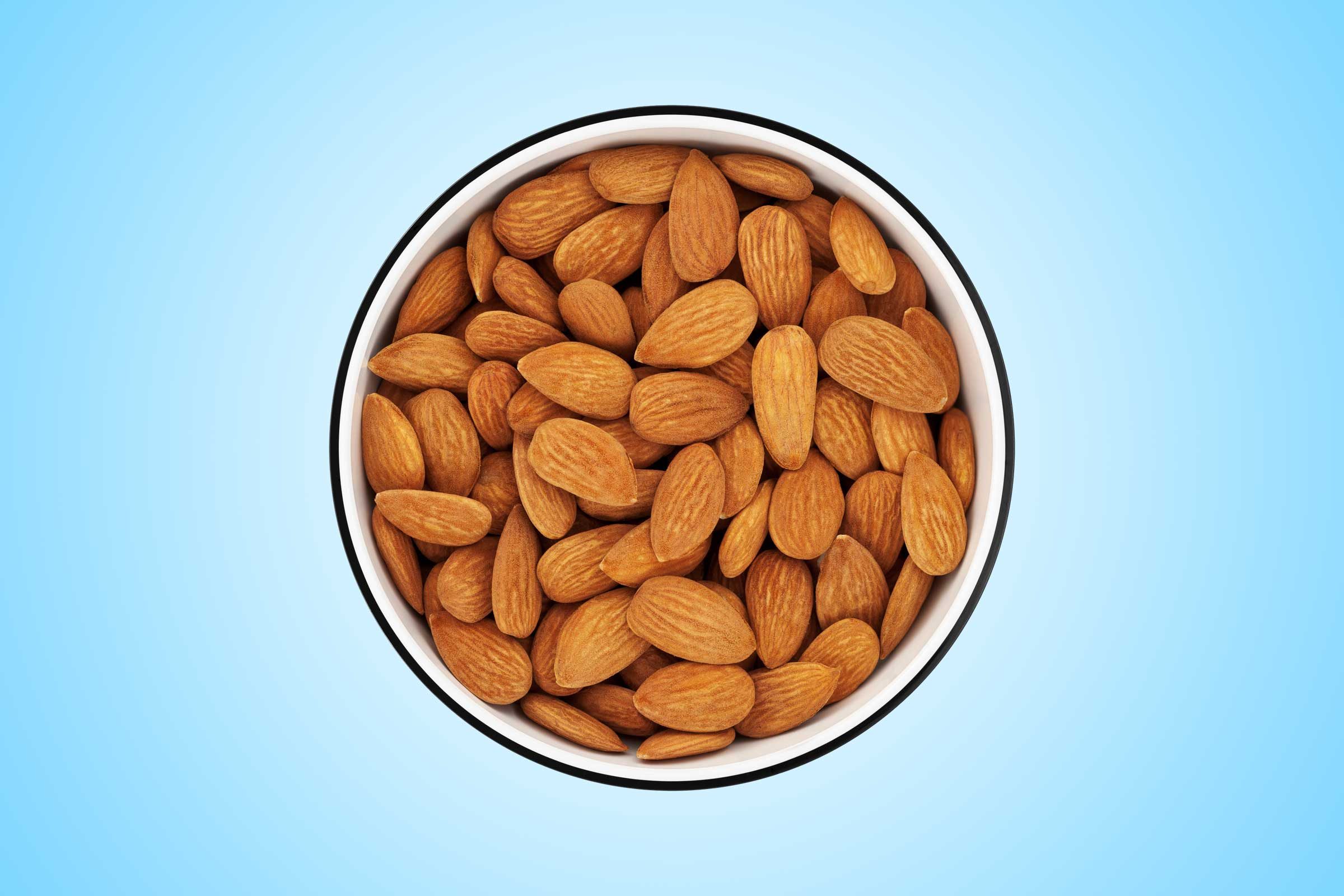
Teeth whitener: Seeds and nuts
Structurally, seeds and nuts essentially work as exfoliants for your teeth. The abrasive texture of sunflower seeds, almonds, walnuts, and cashews can actually strip stains from your enamel, buffing away discoloration and whitening the surface of teeth.
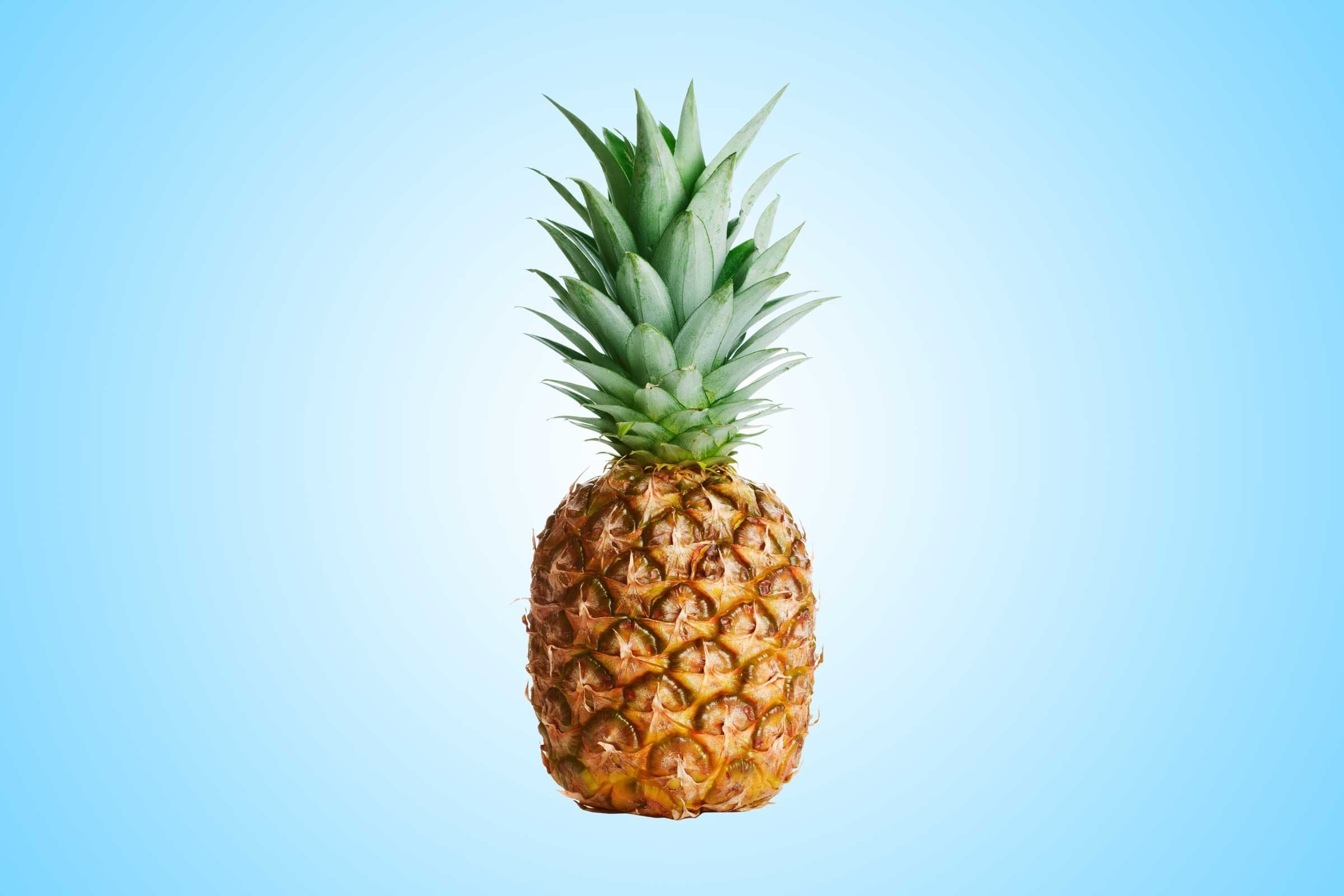
Teeth whitener: Pineapple
Pineapple contains bromelain, an enzyme often used to reduce inflammation. This enzyme works to disrupt the proteins on the surface of enamel, breaking up stains and discoloration. Once the proteins are disrupted, your saliva will naturally wash the stains away, making teeth shinier than before.
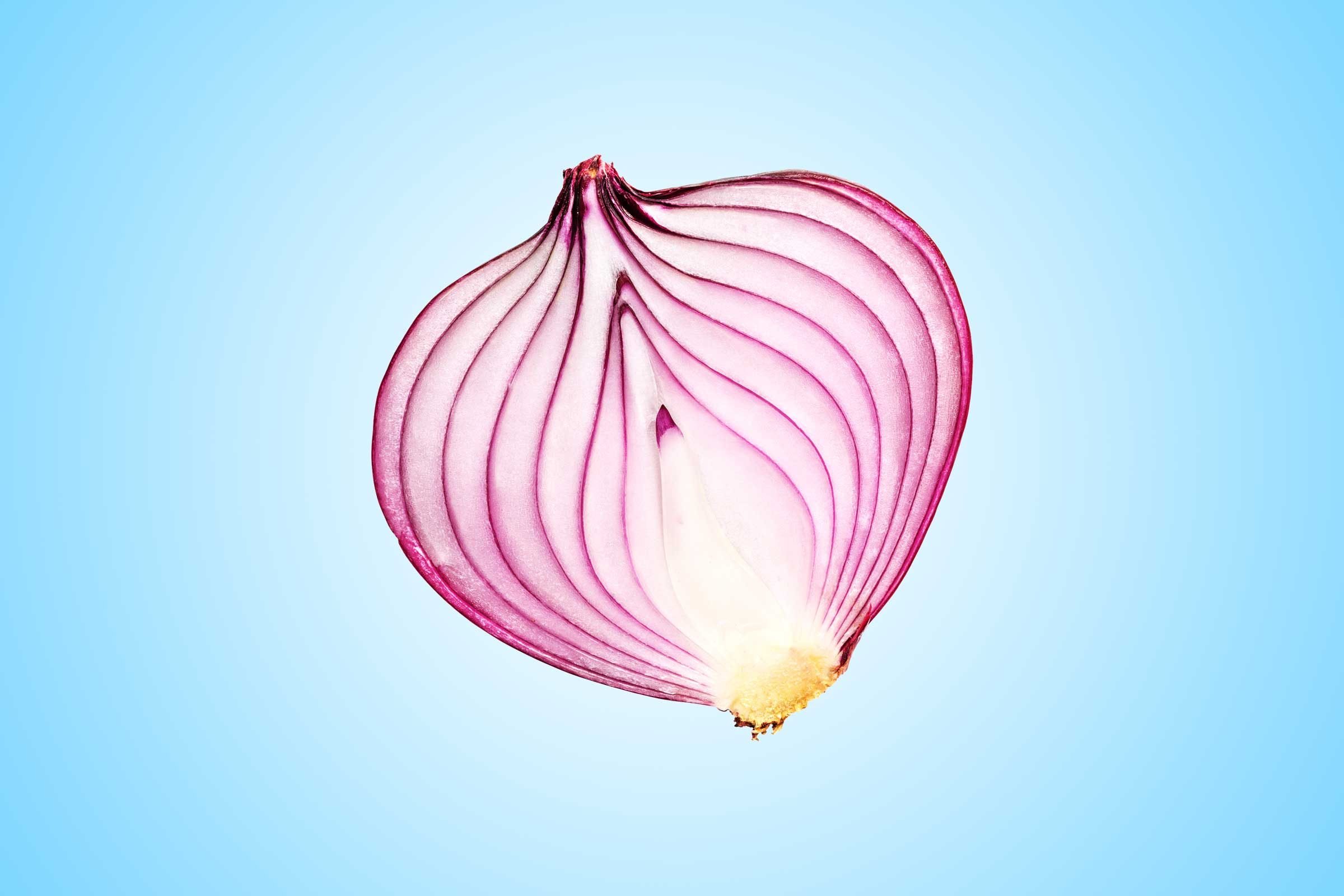
Teeth whitener: Onions
While they won’t do many favors for your breath, onions contain sulfur compounds that keep plaque from forming on and in between your teeth. Sautéed or oven roasted onions won’t do the trick, though. If you want to reap the benefits of this anti-plaque vegetable, you have to eat it raw. Are you making these tooth-brushing mistakes?
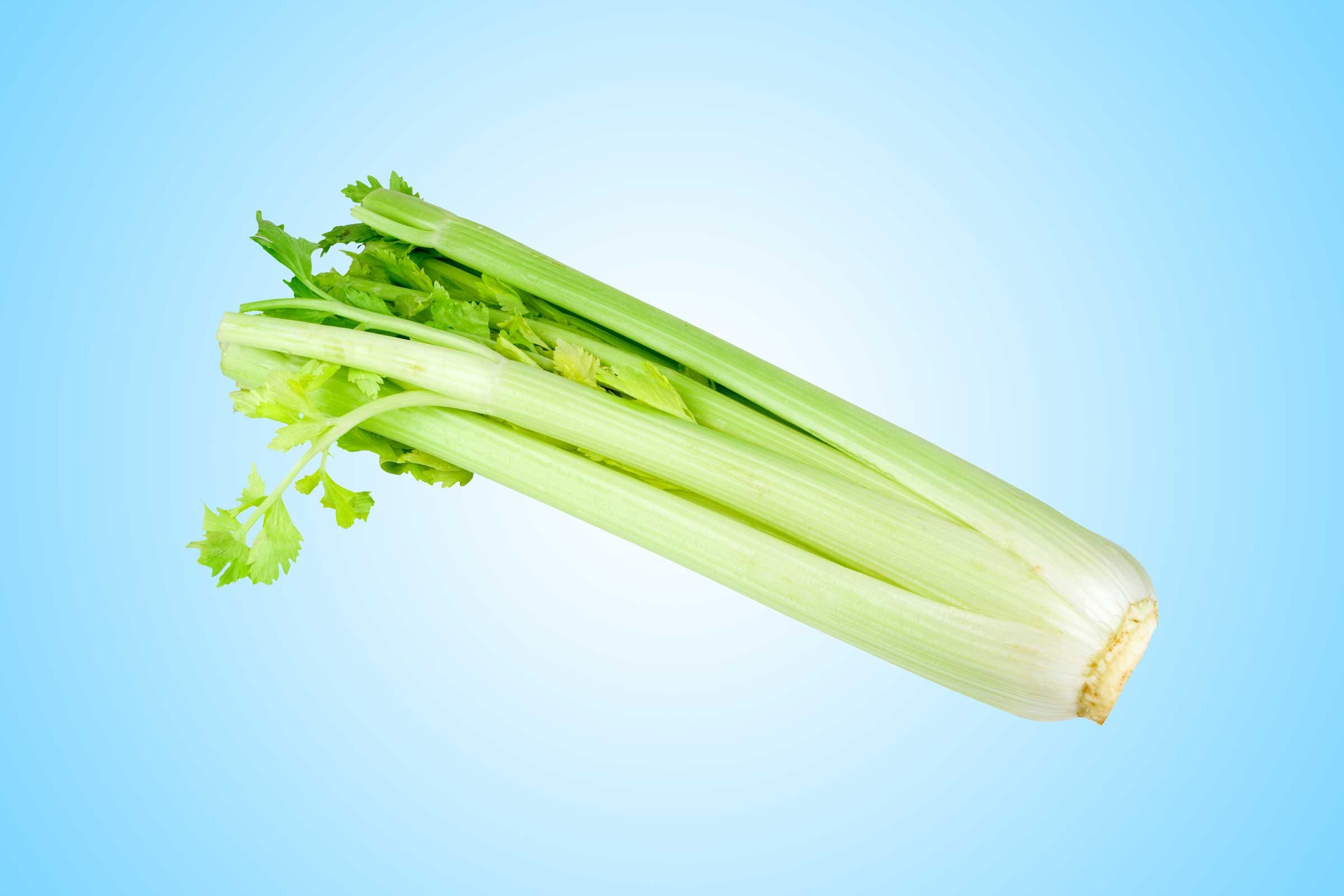
Teeth whitener: Celery
Celery (along with carrots) has an exceptionally high water content, which strengthens your gums and washes away food debris. According to Dr. Graves, celery’s rigid structure also gives it tooth-scrubbing benefits, allowing it to physically strip superficial stains from the surface of enamel when eaten raw.
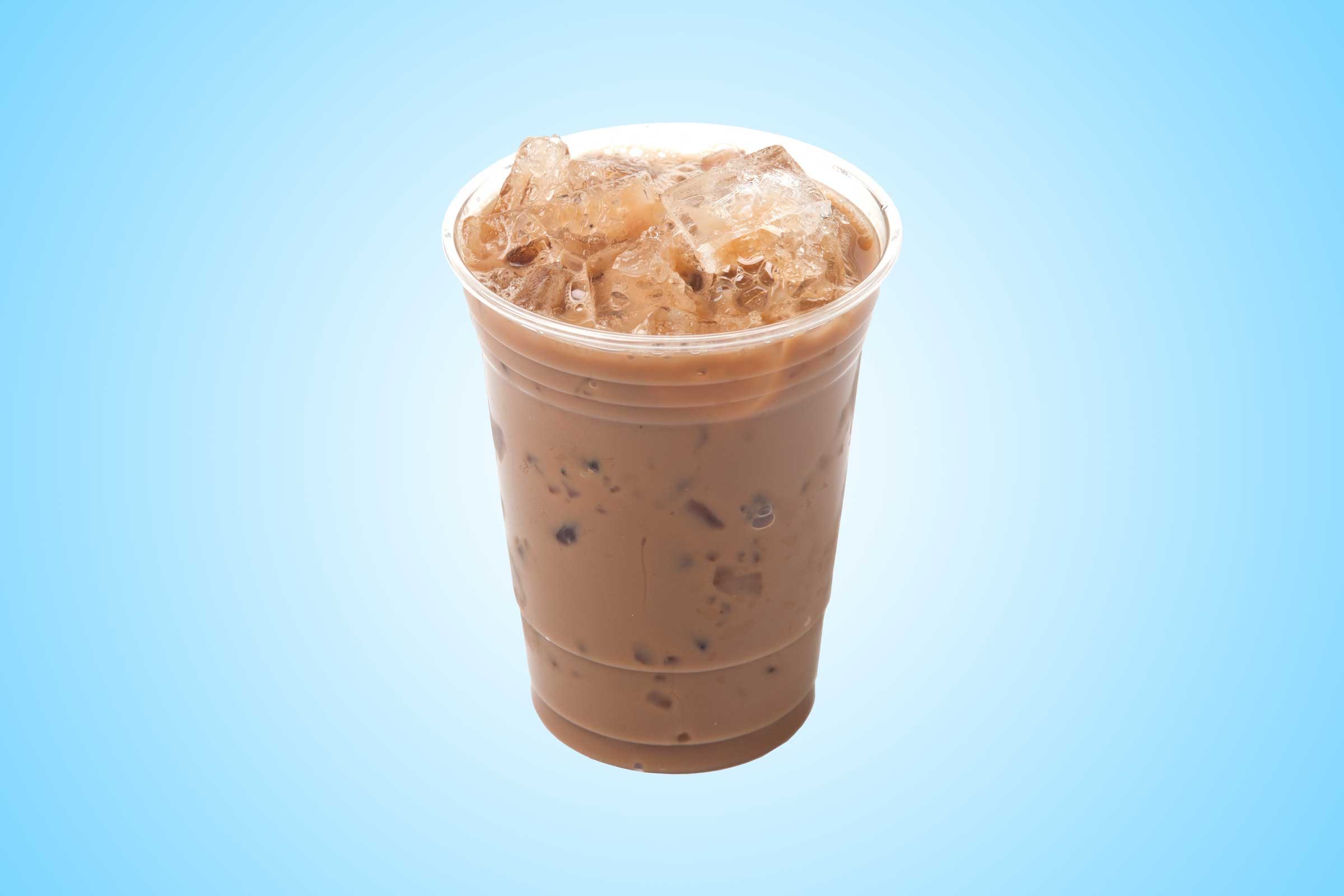
Teeth stainer: Acidic beverages
Sorry coffee addicts, but your caffeine habit has a detrimental effect on your teeth. Acidic beverages such as coffee, tea, and soda alter the pH balance of your mouth and damage the surface of the enamel. Soda is especially dangerous, as its exceedingly high sugar content and carbonation can actually erode enamel to the point of forming holes in teeth. If these beverages are daily indulgences for you, drink lots of water to wash away those stains or chew crunchy vegetables to promote salivary flow, which also helps to remove stains. Also, load up on drinking straws, which help the staining liquid bypass your chompers. Here are more tips for saving your teeth from coffee stains.
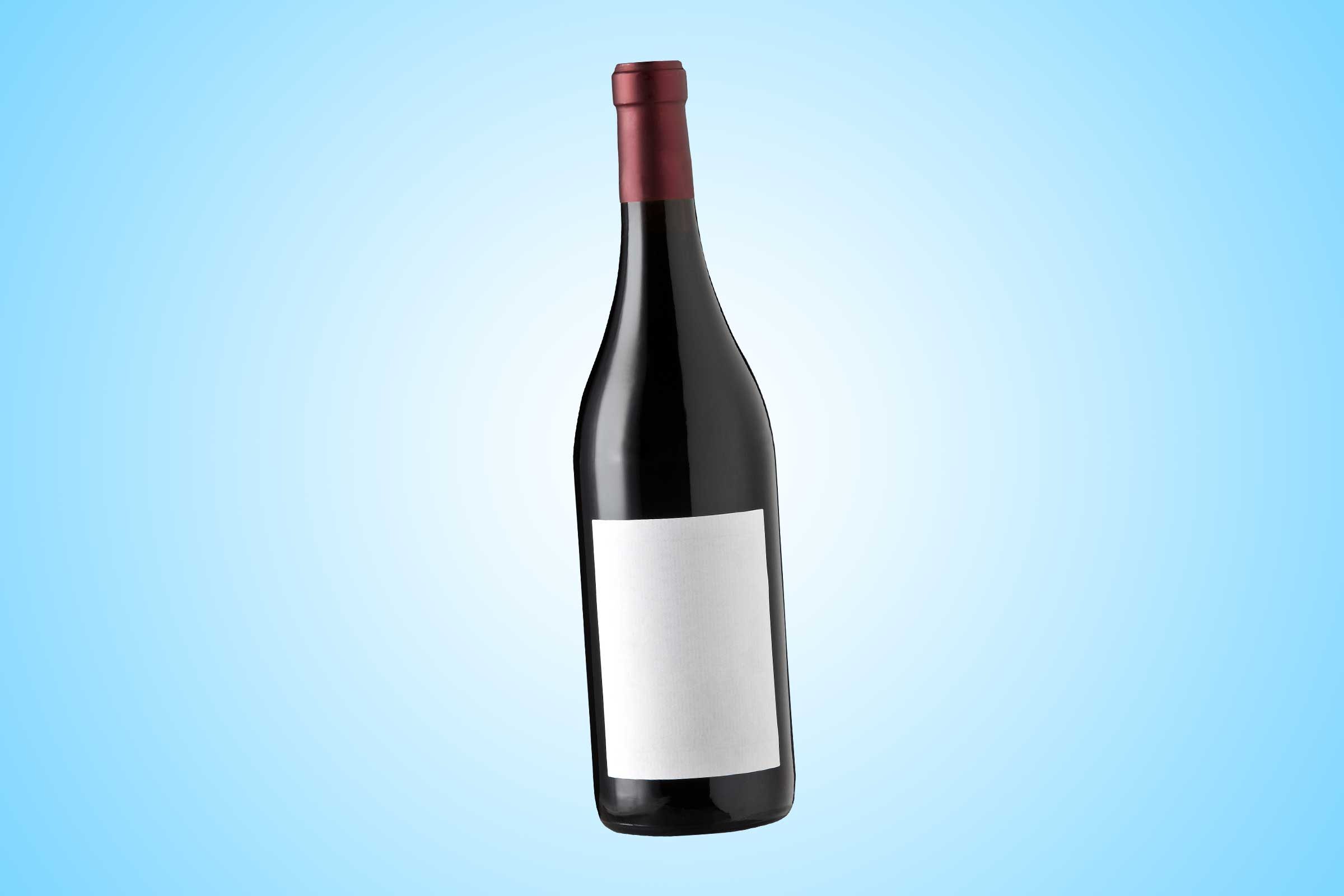
Teeth stainer: Red wine
If you enjoy a glass or two of red wine at dinner, you’ve probably noticed dark stains on your teeth immediately afterward. The deep red color of wine, along with its tannins, latch onto the surface of teeth, staining enamel and causing teeth to appear darker. To counterbalance its color staining effects, try pairing red wine with your favorite type of cheese.
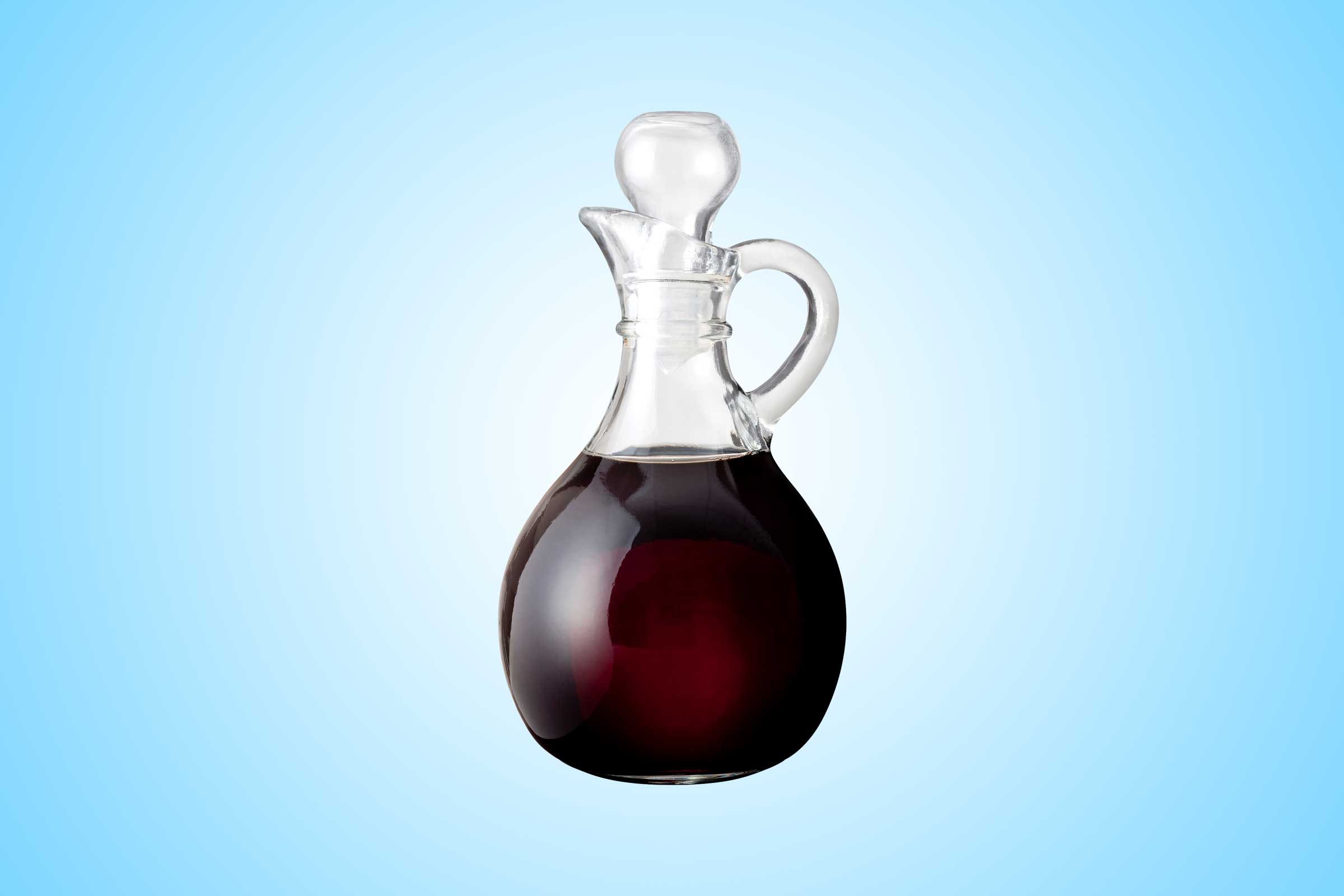
Teeth stainer: Dark dressings
Dark liquids such as balsamic vinegar, soy sauce, and other common dressings can lend teeth a purplish hue. For a tasty alternative that helps teeth shine brighter, aim for lighter condiments such as rice vinegar or olive oil.
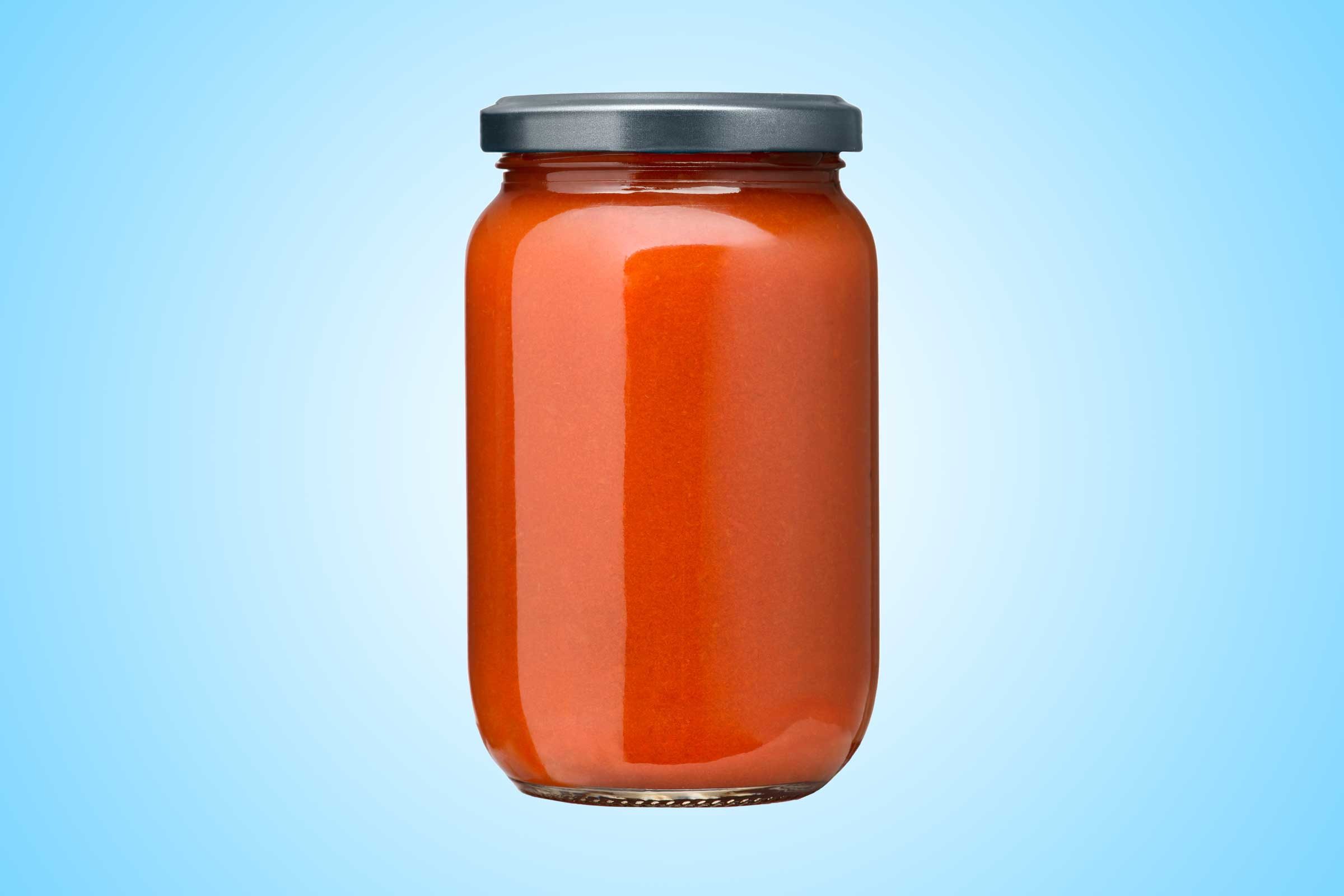
Teeth stainer: Red sauce
Tomato-based sauces leave your teeth vulnerable to staining due to their bright red hue and naturally high acidity levels. Pairing pasta sauces with stain-fighting, abrasive vegetables such as broccoli or cauliflower can help to protect your teeth from tomatoes’ staining effect. (Watch out for these everyday mistakes that can ruin your teeth.)